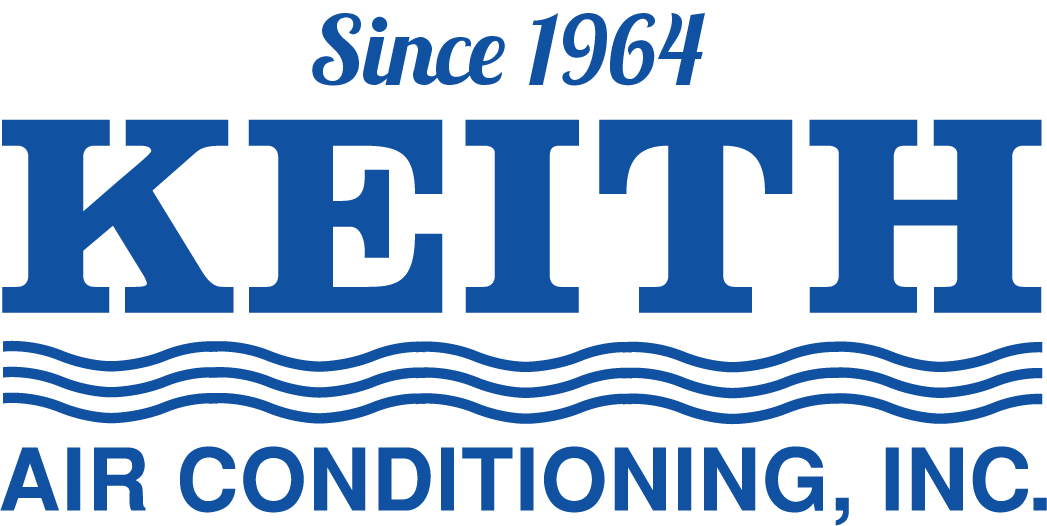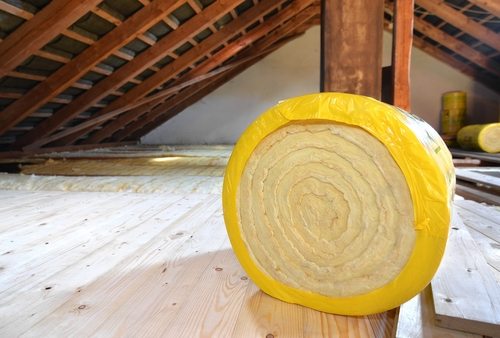 If your home is drafty, has uneven temperatures or costs a fortune to heat and cool, a trip to the attic will likely reveal inadequate levels of insulation. A Harvard study designed to analyze the environmental impact of poor insulation found that 63 percent of U.S. homes would benefit from additional attic insulation. The Environmental Protection Agency (EPA) cites adding attic insulation as one of the most cost-effective ways to lower your household energy bills.
If your home is drafty, has uneven temperatures or costs a fortune to heat and cool, a trip to the attic will likely reveal inadequate levels of insulation. A Harvard study designed to analyze the environmental impact of poor insulation found that 63 percent of U.S. homes would benefit from additional attic insulation. The Environmental Protection Agency (EPA) cites adding attic insulation as one of the most cost-effective ways to lower your household energy bills.
Heat Flow Management
Keeping your energy bill manageable is all about controlling the flow of heat in your home. Whether from radiation, conduction or convection, heat flows from warm areas to cool areas. In every season, attic insulation provides you with an affordable way to save money on heating and cooling costs by providing effective resistance to the flow of heat:
- In warm weather, heat flows from the outdoors into your home. Without proper insulation, the temperature in your attic can reach more than 150 degrees Fahrenheit.
- In cold weather, heat flows from warmed living spaces to unheated spaces like attics, forcing your heater to work overtime to keep you comfortable.
Optimize Savings with Proper Sealing
In cold weather, temperature differentials between the exterior and interior of your home cause a phenomenon known as the stack effect. As warm air rises towards the attic, the air pressure increases. The lower air pressure in your living areas then acts like a chimney stack, sucking in cold outside air and drawing it upwards. If the attic floor and access door are not properly sealed, heat will escape through leaks and gaps. The EPA urges homeowners to air seal attics when adding insulation to effectively reduce heating and cooling costs.
In warm weather or cold, it makes sense to focus on improvements like insulating your attic, for a greater return on your heating and cooling investments. For more information about money-saving products and services that can substantially lower your monthly energy bill, call 251-476-3610 to speak with the knowledgeable experts at Keith Air Conditioning, Inc.



